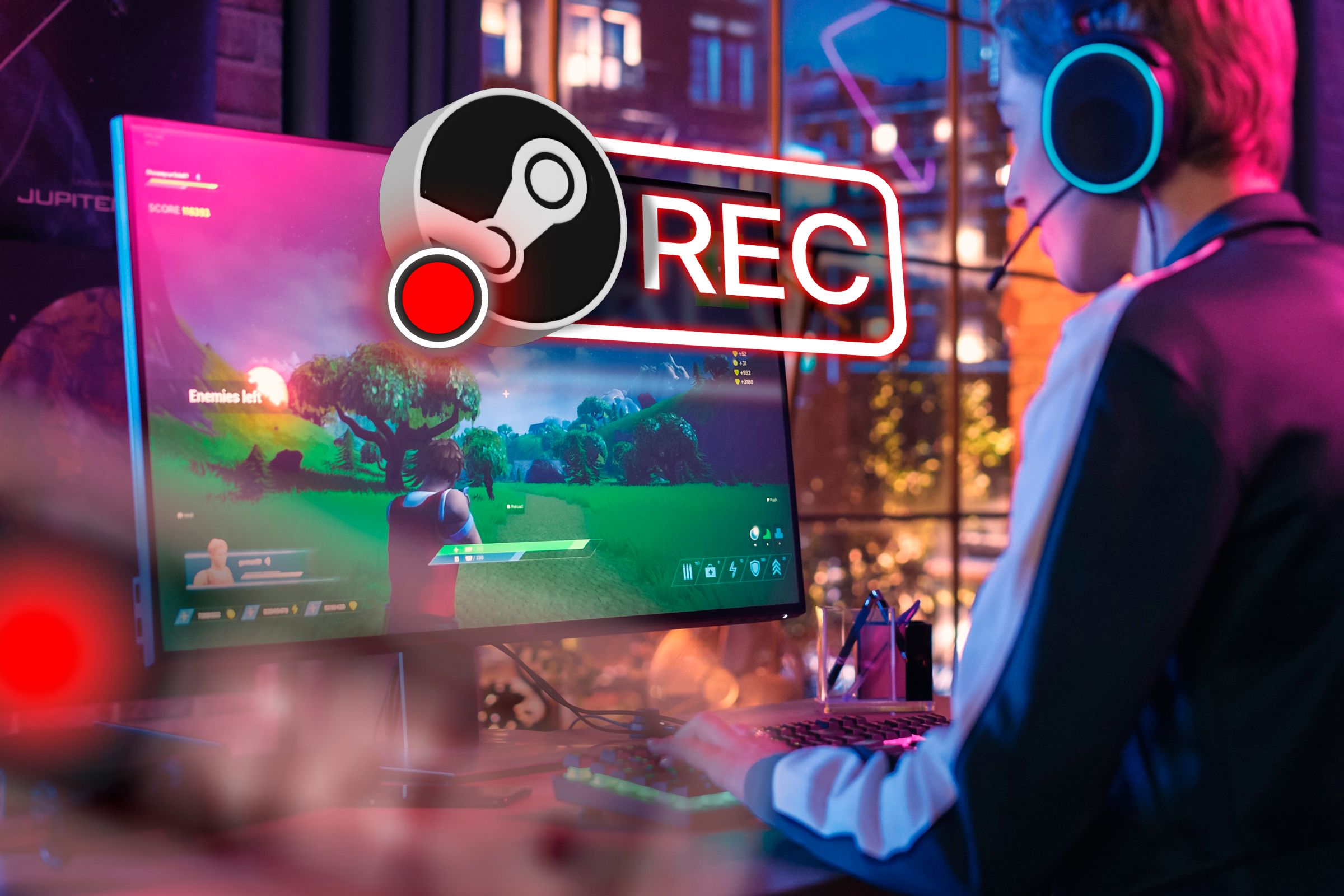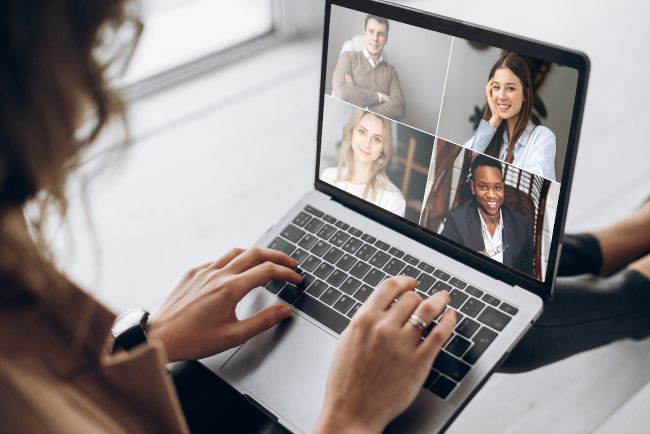While it’s recommended to charge your device’s battery to 80% and recharge it before 20% for longevity, there are times when you’ll need your gadgets to last longer than usual. Then, it’s perfectly fine to charge them 100%. These are some example cases.
1 To Get Ready for a Potential Power Outage
While we can’t control unexpected power outages, it’s wise to keep your devices fully charged before a planned outage. This ensures you can use your devices for the longest time possible, preventing a low battery from disrupting your workflow or entertainment. If you anticipate a power outage due to extreme weather, fully charging your tech can be handy.
You might need your cell phone for emergencies, such as using it as a flashlight, connecting with loved ones, keeping up with emergency updates, or contacting emergency services. Keeping your devices like power banks and power stations charged lets you keep using devices like a laptop or smartphone when you need them most.
2 Before a Long Trip
Flight delays, late train arrivals, and unexpected circumstances can extend your travel time beyond what you initially anticipated. Therefore, before embarking on a long ride by road or air, ensure your gadgets are fully charged to last the entire trip without needing a recharge. This is important if you plan to use them for navigation or entertainment.
Since you may not have access to a power source during your journey and features like Global Positioning System (GPS) and high-resolution video playback can quickly drain the battery, having a low battery just increases our anxiety. Starting with a 100% charge allows you to enjoy your trip without worrying about your gadgets dying during your ride.
3 When Performing Power-Intensive Tasks Without a Charger
Power-intensive tasks, such as video editing, gaming, streaming, or running graphics-intensive simulations, can drain battery life much faster than regular activities. If you plan on running such programs for an extended period or enjoying long gaming sessions with friends, ensure your device is fully charged beforehand.
Failing to charge your devices properly can lead to sudden interruptions, causing work loss or annoyance during gameplay. Depending on its settings, a low battery might also throttle your device’s performance to conserve power. A fully-charged device can help you complete tasks during an unexpected power outage.
4 Before Installing or Upgrading Your Operating System
Installing or upgrading an operating system (OS) is a power-intensive and time-consuming process. A sudden power loss due to a low battery can interrupt the installation, potentially forcing you to start over and causing a loss of time and effort. It can also lead to corruption of installation files, existing data, and potential software issues.
If problems arise during installation, a fully charged device provides more time for troubleshooting. Similarly, if you need to move your device, a full charge enables you to do so without interrupting the installation process. Therefore, ensure your device is fully charged before installing the operating system or updates.
5 Before Attending a Meeting or Online Interview
During virtual calls, your device consumes more network resources, and using the camera and microphone drains the battery quickly. Virtual meeting apps are also power-hungry, and using virtual whiteboards, screen sharing, and collaboration platforms can strain your device’s battery even further.
In-person meetings may require you to connect your laptop to projectors, run video playback, take meeting notes, record audio or video, and stay connected via LAN to share critical files and data with others. These activities can drain the battery much faster than anticipated, so it’s important to attend a meeting with a full charge, especially if you expect it to be lengthy.
Also, since in-person meetings can last longer than expected, keeping your device fully charged prevents the embarrassment of searching for an outlet in the middle of a meeting.
6 If the Device Specifically Requires This Step
Devices used in specific scenarios, such as portable oxygen concentrators, high-performance cameras, cordless power tools like drills and saws, and drones or other remote-controlled equipment, often require a full charge to ensure all features work correctly without any disruption.
When the battery is low, these devices may restrict access to power-intensive features or throttle their performance to conserve battery power. Therefore, if manufacturers recommend charging some of your tech to full capacity, make sure you do so. This ensures the devices last longer on a single charge and operate efficiently.
7 When Preparing for Outdoor Travel
You’ll thank yourself for fully charging every tech device you have, such as smartphones, laptops, cameras, flashlights, headphones, and power banks, before going on a multi-day trip.
Whether you plan to camp overnight, go on a hike, embark on an off-road adventure that may last longer than a day, or do anything else, you will need to use navigation apps, capture cherished memories, stay connected with friends or an online community, or reach out for help in case of an emergency.
Therefore, it’s crucial that your gadgets remain reliable companions throughout your journey. Charging them to their full capacity ensures they last longer. Also, if you plan to stay at hotels, make it a priority to recharge your devices fully before you leave for your next travel destination.
8 When Charging Your Device for the First Time
Laptops, smartphones, and other gadgets often sit in a warehouse or store for months before you purchase them. Most manufacturers, such as HP and Samsung, recommend charging your new devices to their full capacity upon first use. This initial full charge helps calibrate the battery and gives you an understanding of how quickly it depletes.
It also gives you a better idea of how long you can expect the battery to last when you maintain the recommended charge level of 80%.
Additionally, setting up a new device takes time, whether it’s transferring data, setting up accounts, or installing essential apps. A full charge will ensure you have ample power to complete these setup tasks and thoroughly test the features of your new gadget without worrying about running out of battery.
Although it’s generally advised to charge your devices up to 80-85%, charging them to their full capacity in the above scenarios makes sense. However, avoid making it a regular habit, as consistently charging your devices to full capacity can negatively impact battery life and accelerate degradation. If charging to the recommended level meets your needs until you can recharge, there’s no need to exceed 80%.







